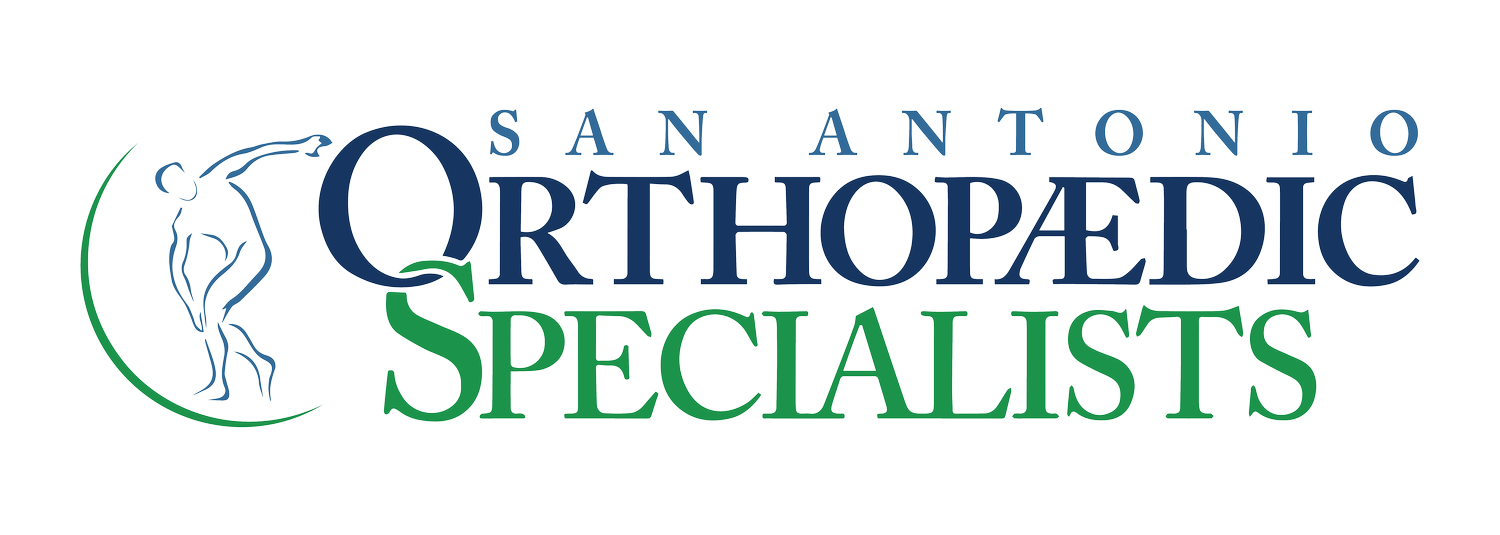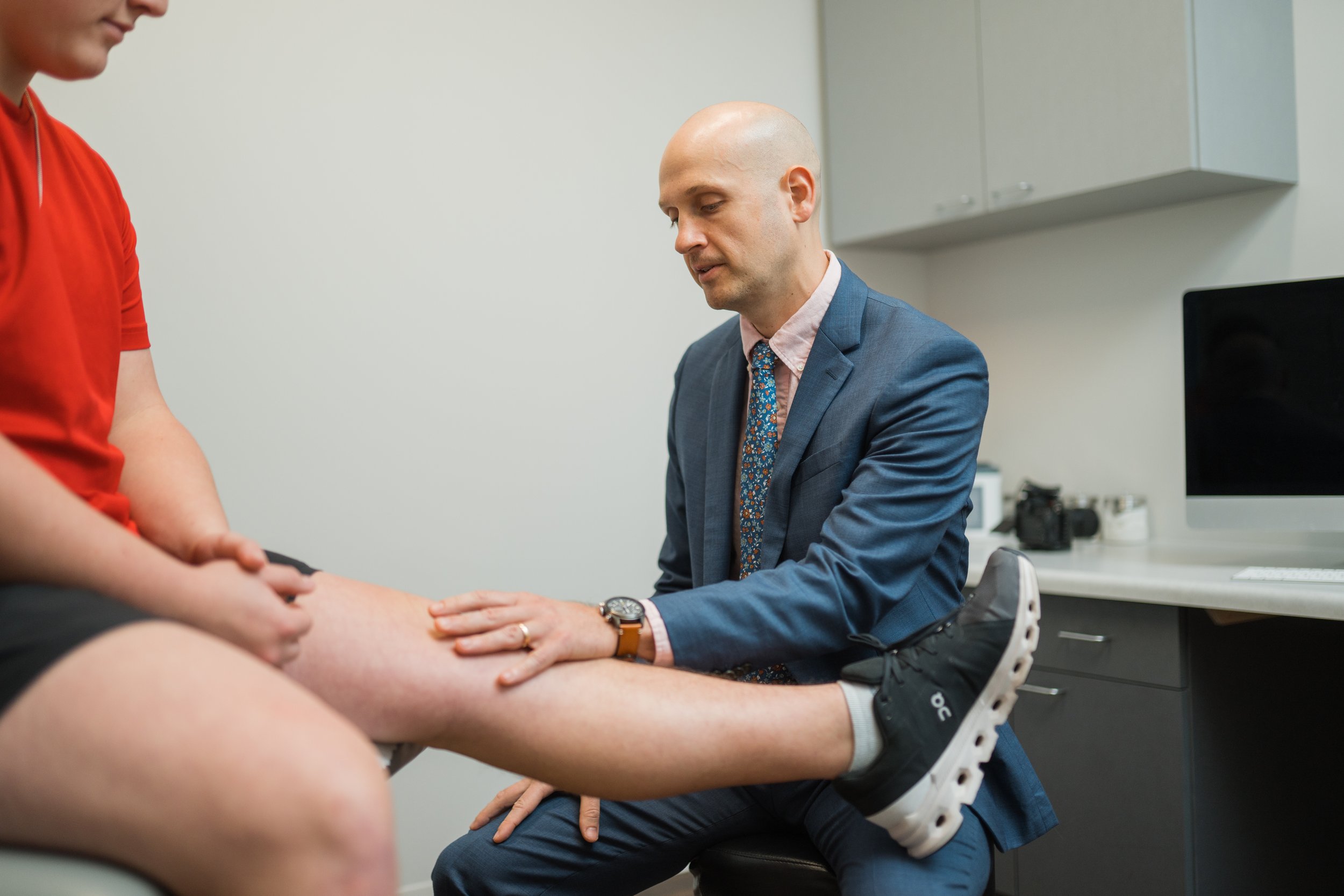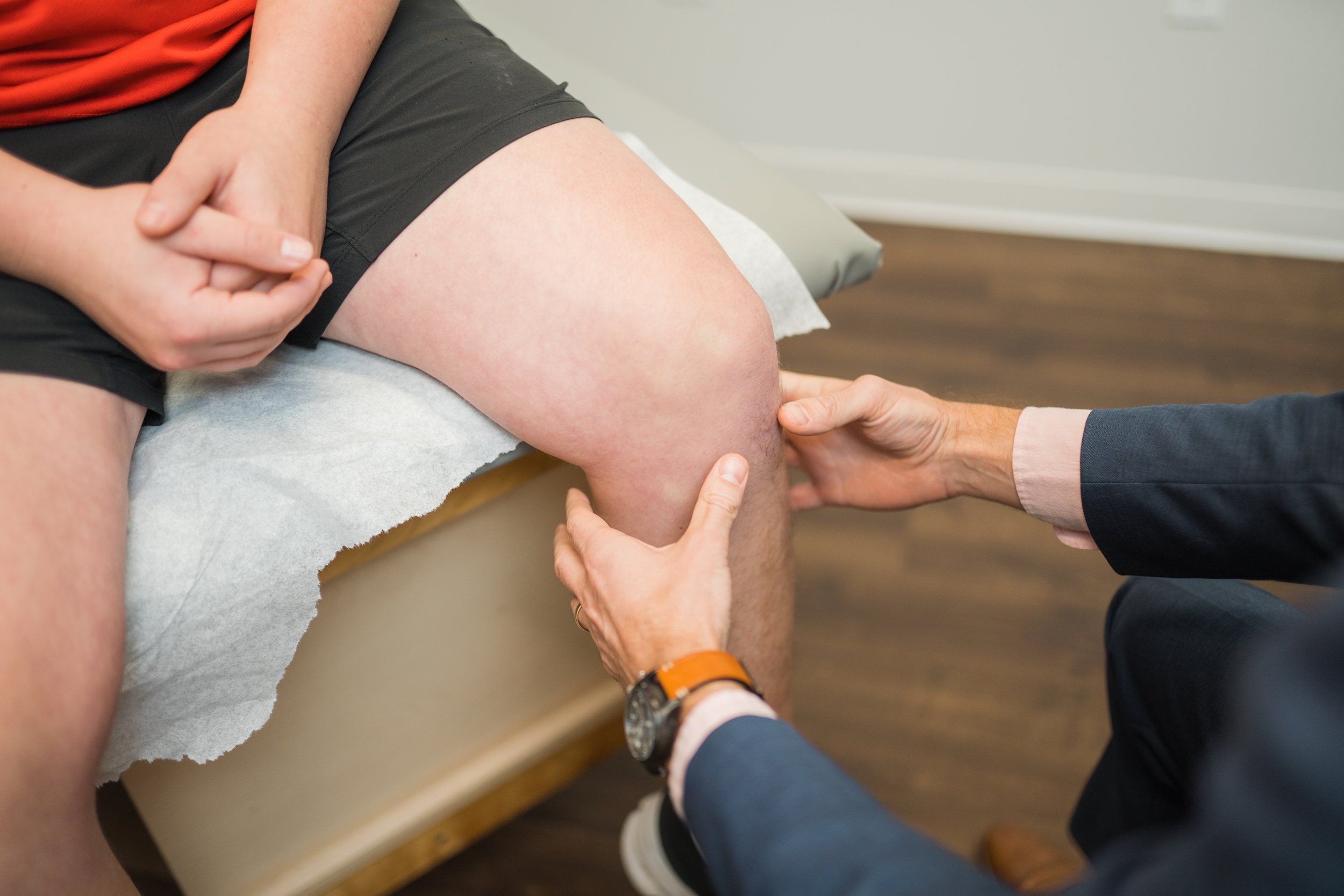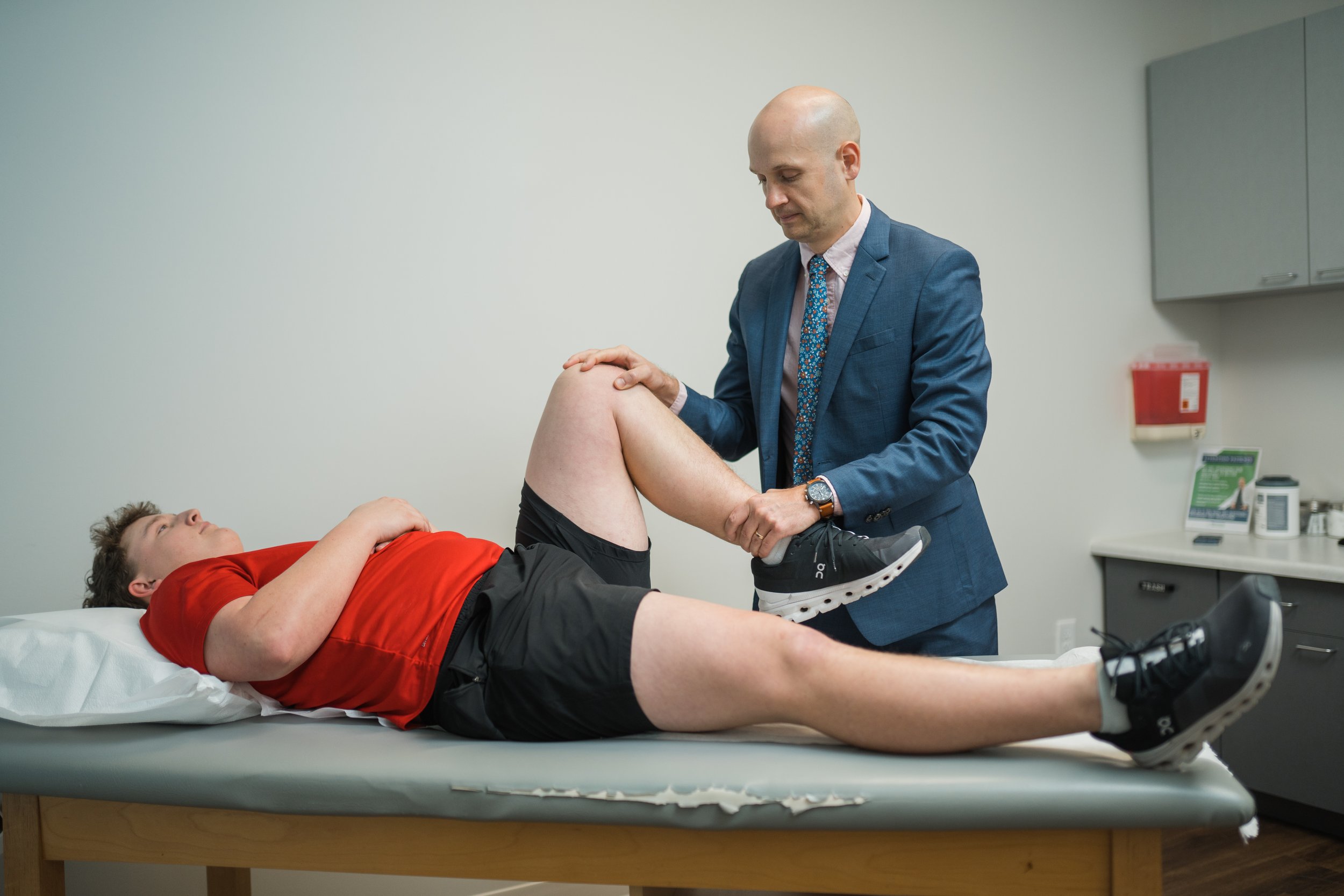What Does The ACL Injury Recovery Look Like?
Recovering from an ACL injury can be a challenging process, often requiring surgery. Having a thorough rehabilitation program following surgery is essential for regaining strength, stability, and flexibility. Physical therapy, strength training, and a gradual return to activities and sports are often part of the recovery process following an ACL injury. For the best possible outcome after an ACL injury, it is important to follow medical advice and focus on rehabilitation.
What is an ACL injury?
An ACL injury (Anterior Cruciate Ligament Injury) is a common knee injury that occurs while pivoting or suddenly changing direction. It can occur during sports such as football, basketball, and soccer. Injuries occur due to overstretching or tearing of the muscles beyond their normal range of motion.
The symptoms of an ACL tear include:
Pain, usually located in the center or back of the knee.
Swelling, which can occur within hours of the injury.
A feeling of instability or "giving way" in the knee.
A popping or snapping sound at the time of the injury.
Difficulty bearing weight on the affected leg.
What causes An ACL injury?
There are several factors that can lead to ACL injuries, including:
Improper Landing Techniques: Jumping on a bent knee or landing incorrectly can place excessive strain on your ACL.
Direct Impact: When the knee is directly hit, such as during collisions or tackles in football, the ACL can be torn or strained.
Sudden Stops or Pivots: Sudden stopping or pivoting can put significant pressure on the ACL, making it more susceptible to injury.
What are the five stages of rehab after an acl injury?
Swelling and Pain Management: First, the focus is on alleviating swelling and pain, laying the foundation for healing. Techniques and treatments are used to reduce discomfort and inflammation.
Range of Motion Rehabilitation: In this phase, patients are diligently working to restore their injured knee's range of motion. The goal of rehabilitation is to regain flexibility and mobility through exercises and therapies.
Muscle Strength Recovery: During the third stage, it becomes imperative to build strength in the muscles surrounding the knee. Strengthening exercises provide crucial support to the healing ACL while stabilizing the joint.
Introduction of Dynamic Exercises: A dynamic exercise simulates real-world movements and challenges. This step aims to enhance stability and coordination while preparing the knee for more strenuous activities.
Mental Preparedness for Return to Sport: The final stage is all about psychological readiness. In order to return to their sport with confidence, patients learn to trust their healed knees. To make the transition back to athletic activity easier and more successful, this phase emphasizes self-confidence, goal setting, and a positive mindset.
ACL injuries can be challenging to recover from, but with the right understanding, timely treatment, and rehabilitation, patients can return to their desired level of activity.
If you are experiencing pain or think you may have an ACL tear, you’ve come to the right place. Dr. Marx has expertise in taking care of athletes and patients of all ages and abilities post-injury and enjoys working to help them get back to the activities that are most important in their lives!
Schedule an appointment with our Fellowship-Trained Sports Medicine Surgeon, Dr. Marx, here in San Antonio today!



